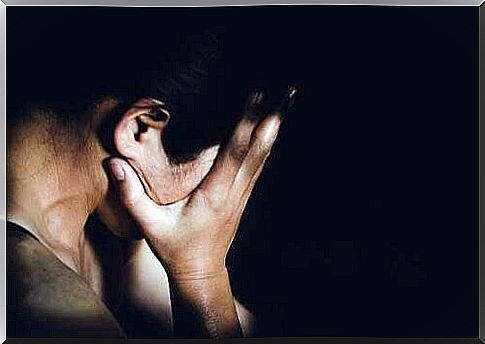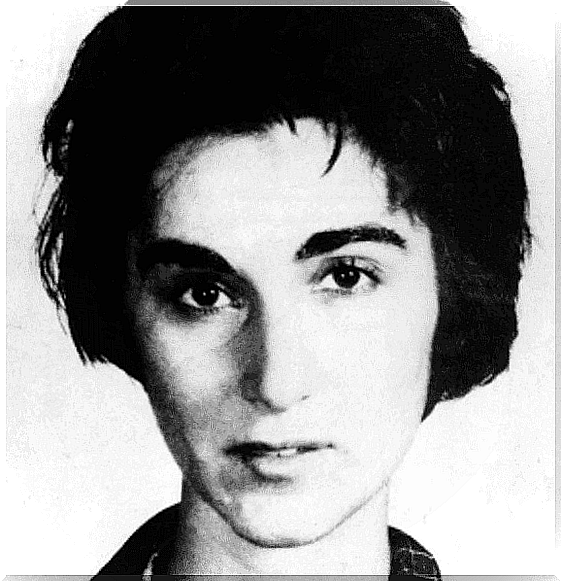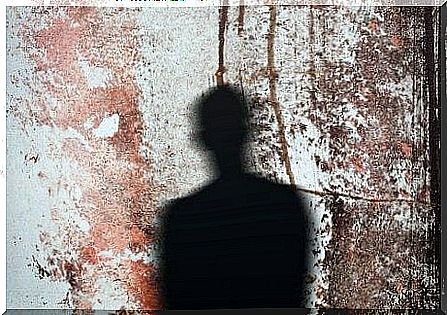Find Out Everything About The Spectator Effect (Genovese Syndrome) Here

The spectator effect, also known as Genovese syndrome, is a term we use to describe the psychological phenomenon in which people do not help but are paralyzed. Although the situation calls for quick action and people need help in the face of danger, they remain inactive. That sounds really weird, doesn’t it?
The more commonly used English name for the spectator effect, Genovese Syndrome, comes from a crime committed in the United States in 1964 when a man stabbed a woman named Kitty Genovese to death in front of dozens of witnesses in front of her home. Nobody did anything to help.
It was such a shock that social psychology has been trying to figure out why since 1968. Why did none of these standing people help her? The research came to a sad result. The more witnesses there are in a crime or dangerous event, the less likely they are to help and vice versa. So the fewer witnesses, the greater your chances.

Spectator effect (Genovese syndrome)
Kitty Genovese’s murder occurred in New York on March 13, 1964. There have always been examples of the loneliness of people living in big cities and how little interest they have in one another. But this case was an uncomfortable sign of the dark side of this apathy that is so common in big cities.
The facts about the audience effect
According to the police report it happened like this: Kitty Genovese was on her way home after a long day at work. She parked near her apartment. As she got out of her car, a man ran up to her and stabbed her twice in the back.
Their cries for help were drowned out by the loneliness of the night. Nobody around tried to help her. A few minutes later, her attacker fled the scene and left her wounded.
After a few minutes had passed, the attacker came back to the scene and found her lying on the floor in the entrance area of her apartment building. Then he stabbed her for almost half an hour.
A witness called the police a few minutes after the attack ended. By the time the paramedics arrived, it was too late to save Kitty Genovese’s life. She died in the ambulance on the way to the hospital.
The attackers from Genovese
A few days later they managed to track down the attacker Winston Moseley. He was a mechanic with his wife and three children. He was pressured by the police and confessed not only to the murder of Kitty but of two other women as well.
His psychiatric examination revealed that he had necrophilic tendencies and an anti-social personality. For these murders, he was sentenced to life imprisonment without parole.
The Genovese murder caused great unrest in the country and immediately became a controversial topic. The biggest controversy, however, came when the public learned that there had been at least 38 witnesses in total for at least part of the attack.
At least 38 people saw what happened to her, but none of them did anything to help her. Nobody called the police until the attack stopped. But why? Why did no one do anything?
If you leave psychology aside for a moment and just think about what happened, you can really look at the kind of society we have created, the values we have built, and the values we have already forgotten doubt.

Diffusion of responsibility
The story of Kitty Genovese caused a stir and led to countless psychological and psychosocial studies. John Darley and Bibb Latané examined the case in great detail and developed the phenomenon of diffusion of responsibility.
This phenomenon is related to Genovese syndrome or the spectator effect. In simple terms, it basically means that when there are more people than just a few, it is less likely that someone will help you in a crisis.
The basic idea behind this phenomenon is that people who witness events assume that someone else will intervene. But the problem is that when everyone starts with this idea, no one is really doing anything. The two scientists came to this conclusion with their fascinating social study.
Here are some of the basics of the phenomenon:
- The fact that everyone standing there can see that no one is helping.
- People believe that there is always someone more qualified than themselves to help the victim.
- They feel insecure or embarrassed to think that so many people are there to see them step in.
Conclusion on the audience effect
Before we go any further, we just want to point out that as you think about what this phenomenon means, you should get a sense of how dangerous it can be for us to be and remain passive.
If we, as global citizens, are unaware of this fact and do nothing about it, each of us could find ourselves in a situation where we do nothing to help someone in need.
The spectator effect or Genovese syndrome is intended to serve as a lesson for the social situations that you can improve so that we never allow such terrible things to happen again.









